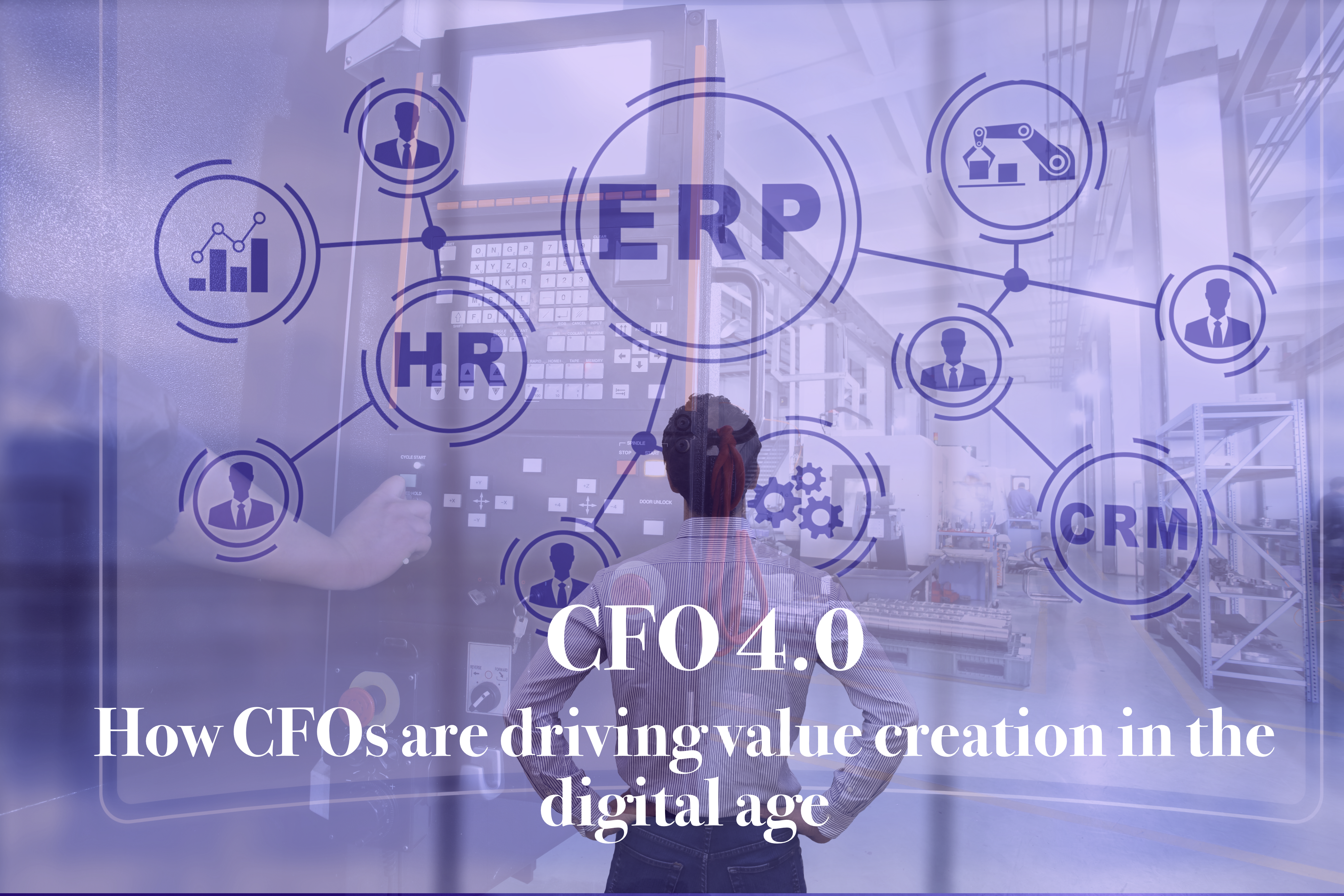The perspective of industrial users and CFOs

The most valuable companies are built around a subscription business model.
Traditional industrial companies have invested in digital products and services, too often without the expected boost in market success. As companies and their customers are preparing for the downturn, it is now time to catch up on the pricing and business model side and to balance customer value creation with the monetization of the value created.
Customer facing business units – Beyond the asset transfer model. As manufactures are starting to offer data and software-based solutions such as equipment automation or predictive maintenance they find the traditional asset transfer models are not adequate. Based on a segmentation of offerings and customers value-based pricing models allow to adjust the revenues over time as the solutions mature and customers are upgrading to higher degrees of automation.
Purchasing side – stabilizing Cash-Flows and strengthening the ecosystem. The same principles can be applied to the purchasing side. From an industrial user perspective sourcing on as-a-Service terms is relieving the balance sheet and (contrary to leasing and renting) is stabilizing cash flows as usage, risks, revenues and costs are aligned. By adopting an “easy to get started, low upfront investment” subscription scheme structured around usage or outcome, suppliers and operators are aligned to optimize performance over time.
Internal functions – from cost centres to service units. Companies have started to reorganize their internal functions and split up governance tasks and internal services. As with solutions for external customers, as-a-service requires the packaging of services and flexible pricing models, targeted to specific internal demand clusters.
If you want to monetize on the digital transformation of your company, the CFOs needs to assume the role of a transmission belt, linking investments in digital, value creation and value distribution (including invoicing and refinancing) across the business units, functions and throughout the supply chain.

Machines, vehicles and new equipment are no longer operating in isolation. They are becoming connected and integrated. Business success will depend on the ability to deliver value added solutions in the ecosystem and to share the value creation with customers and suppliers. Digitization requires and enables to switch form the traditional product driven asset transfer model into value-based «Equipment-as-a-Service (EaaS)» offerings:
- Monetizing value creating solutions such as electrification, automation, autonomy, and capacity management require appropriate ways to capture, to guarantee and to distribute value: Providing customer centric solutions means creating beyond “keeping the machinery running” through asset optimization, process optimization, operations optimization and even to business optimization. But how can the new value creation be shared between the OEM and the industrial user? Depending on the value you create, business and pricing models have to shift from selling and renting to output or outcome related models such as pay-per-use, pay-per-output, pay-per-savings or even pay-per-result. With faster and more customer specific innovation cycles the traditional “product driven” business model is more and more being replaced by a continuous “easy to start, low upfront investments, continuous improvement” logic building on usage and machine data.
- Value creation can be priced now: By connecting equipment the foundation for offering users the service of a “billing according to use or value” has been established. Such billing models are already known from other industries which are advanced on their digitalization journey or have established the infrastructure to measure usage, e.g. Software – “SaaS”, mobility – “pay-as-you-go”, engines – “power-by-the-hour”. If the use can be measured by the electronically transmitted machine data, the invoices can be generated automatically.
By switch form the traditional product driven asset transfer model into value-based as-a-Service offerings, a new continuous customer relationship model can be implemented.
